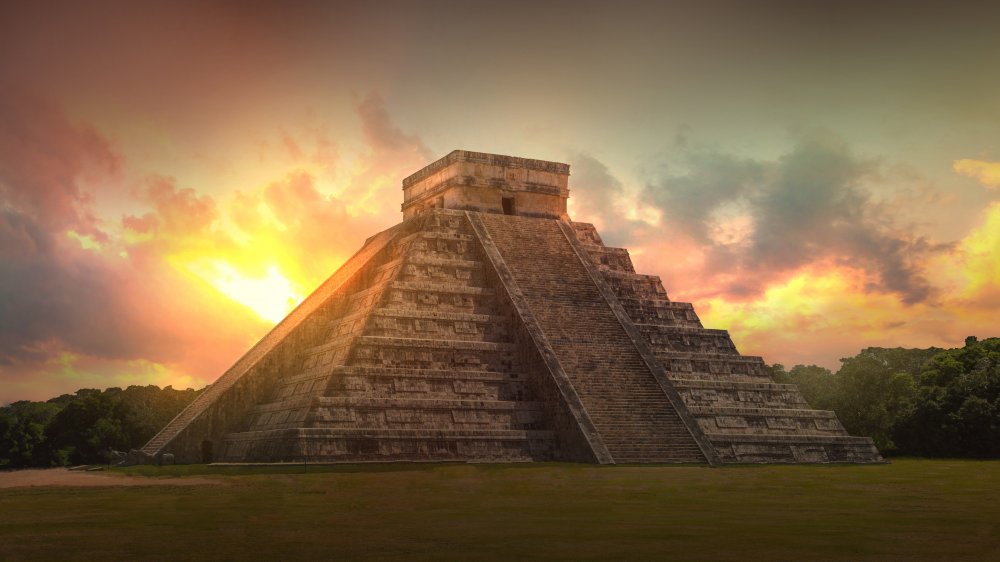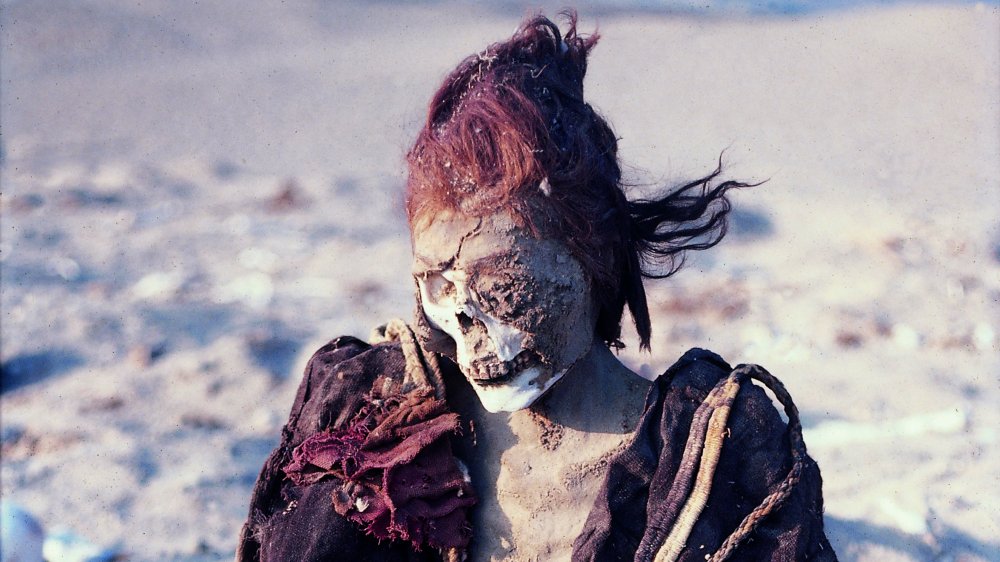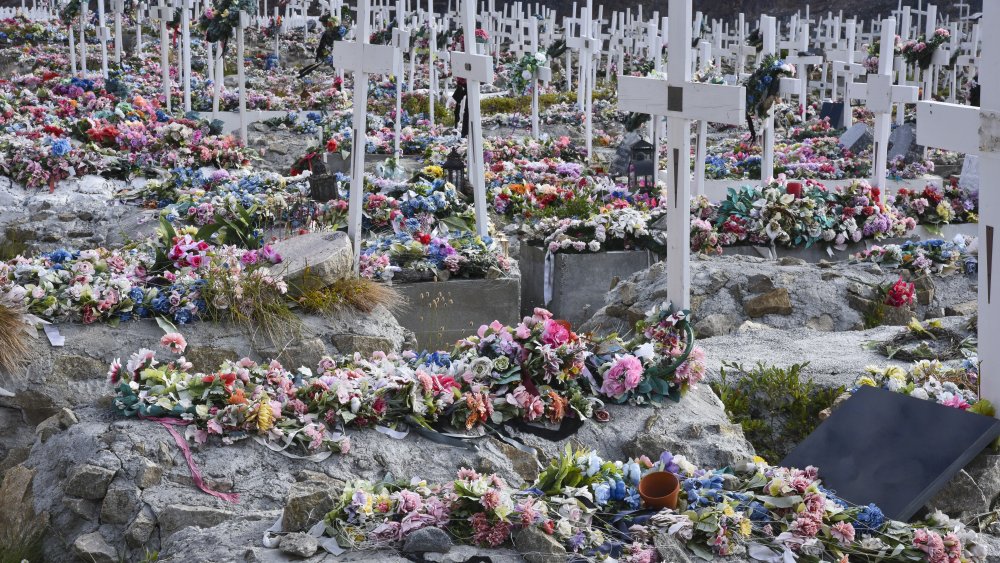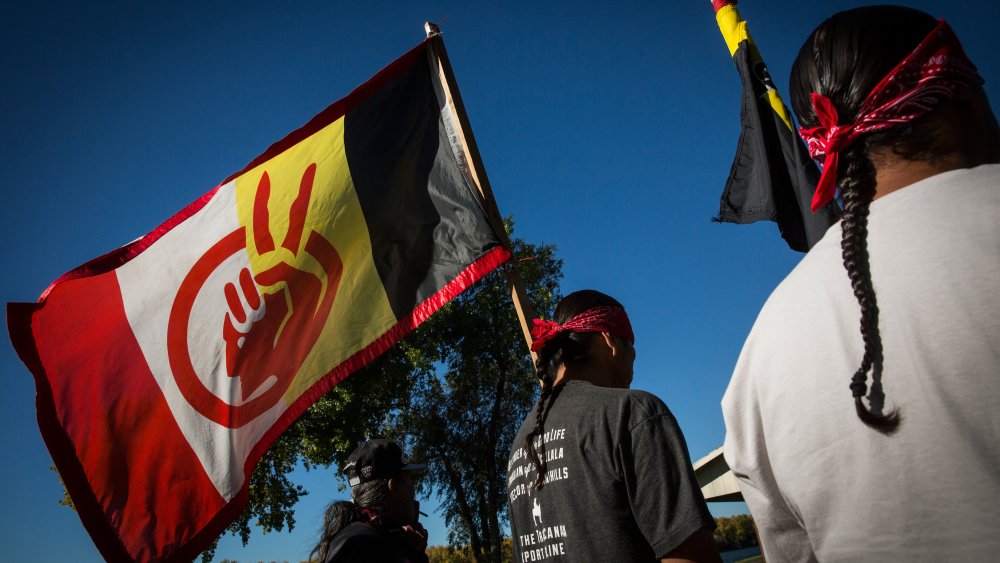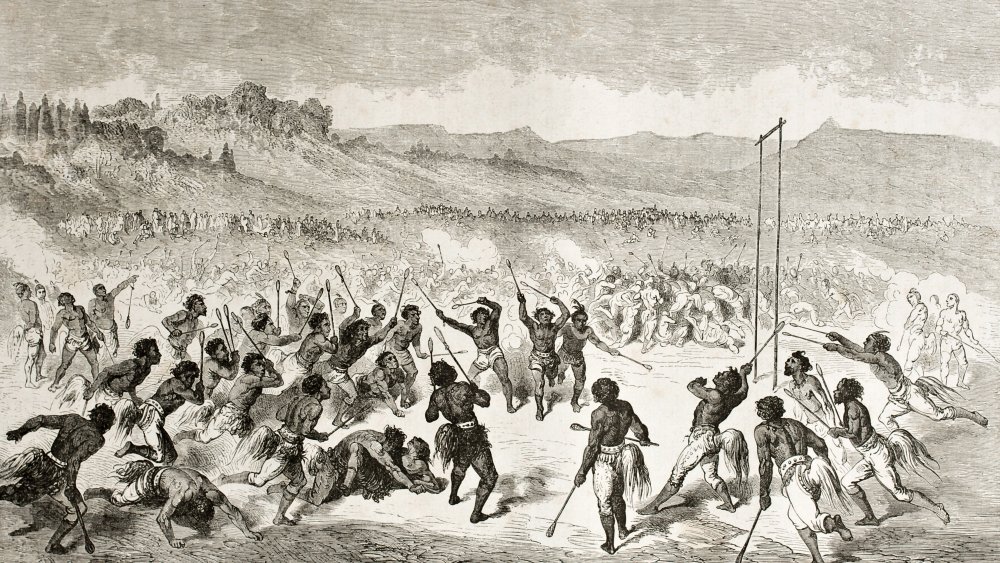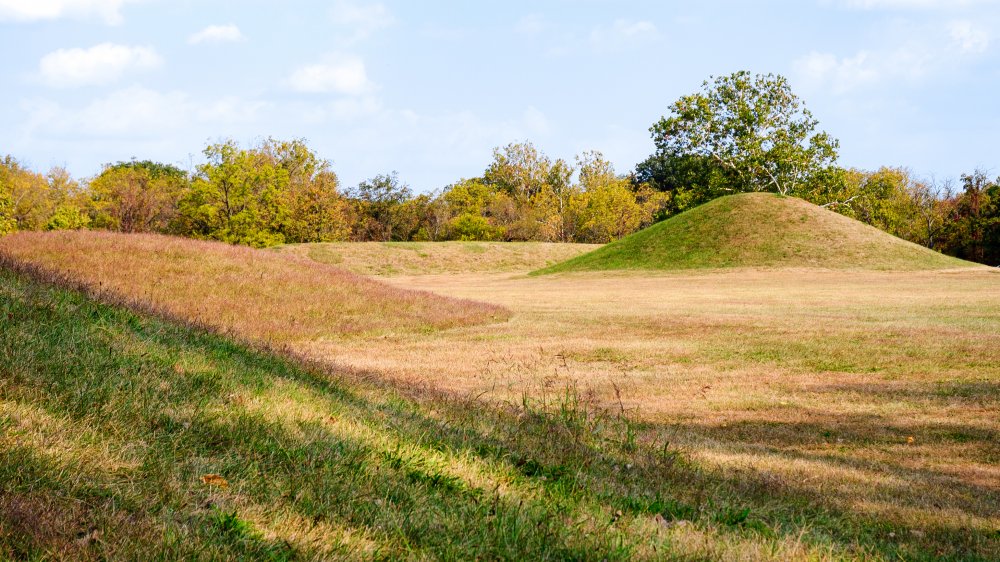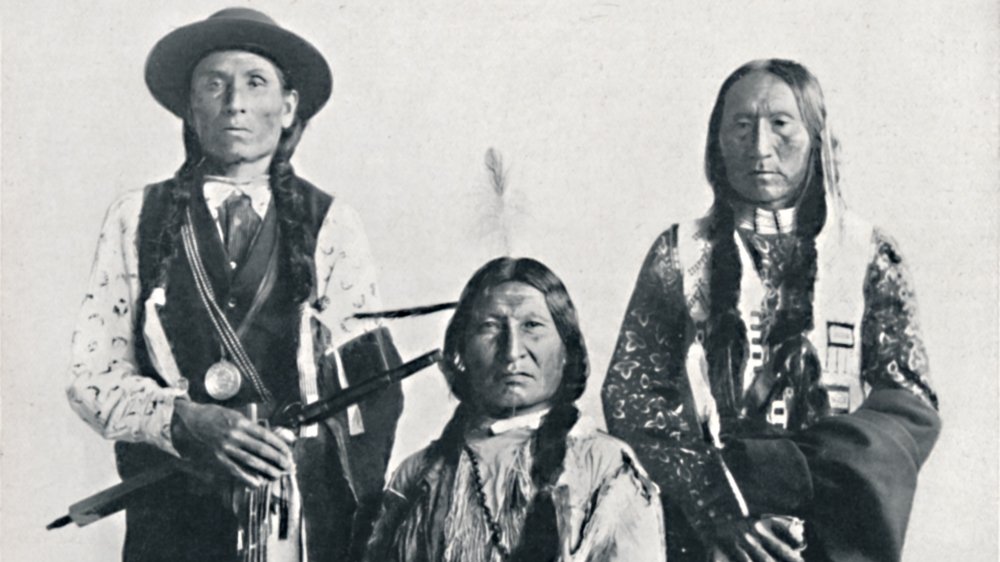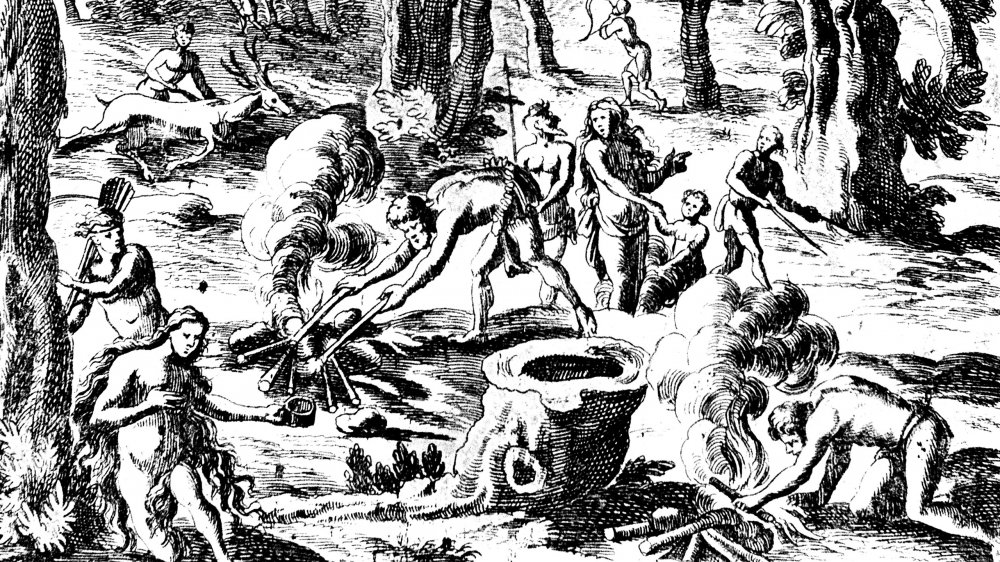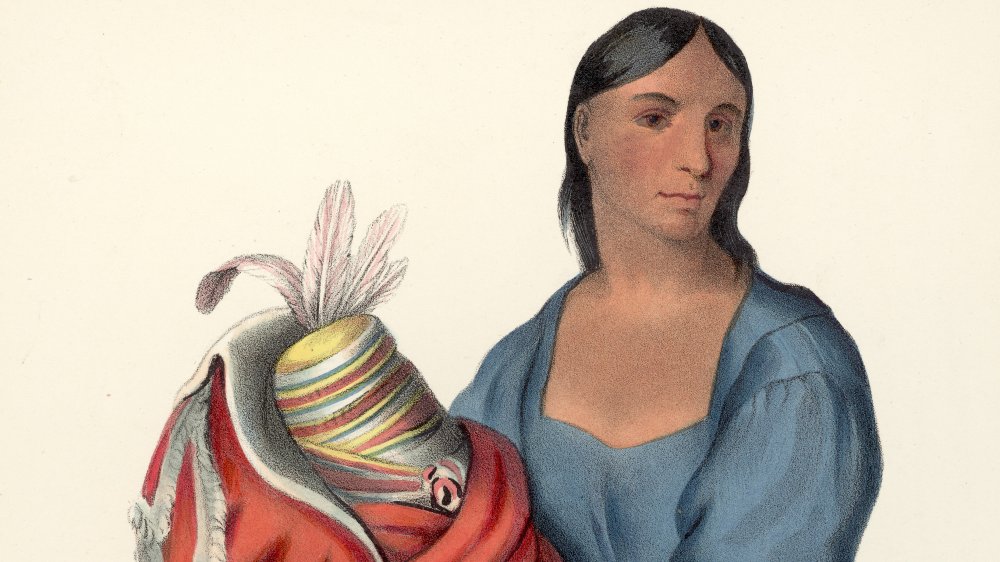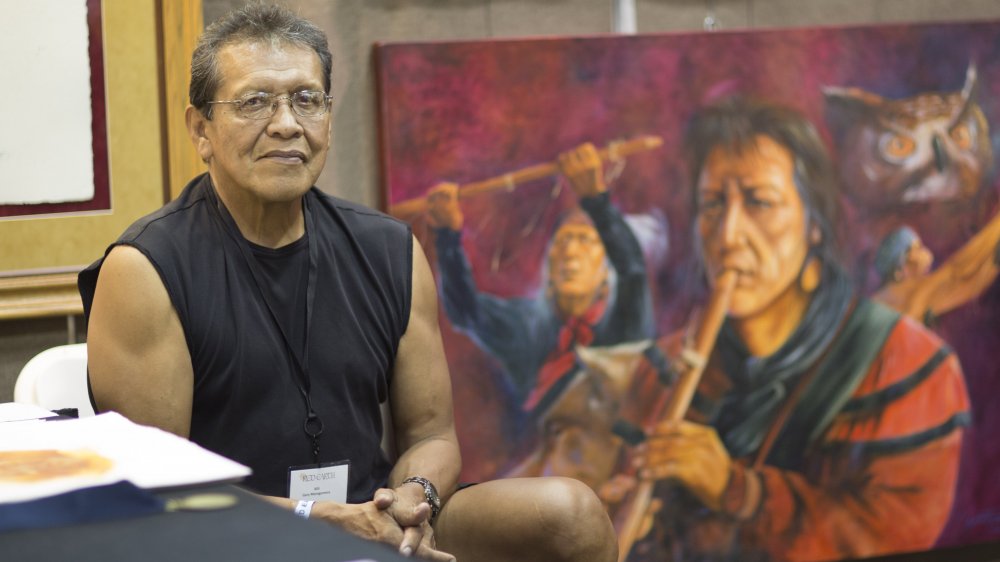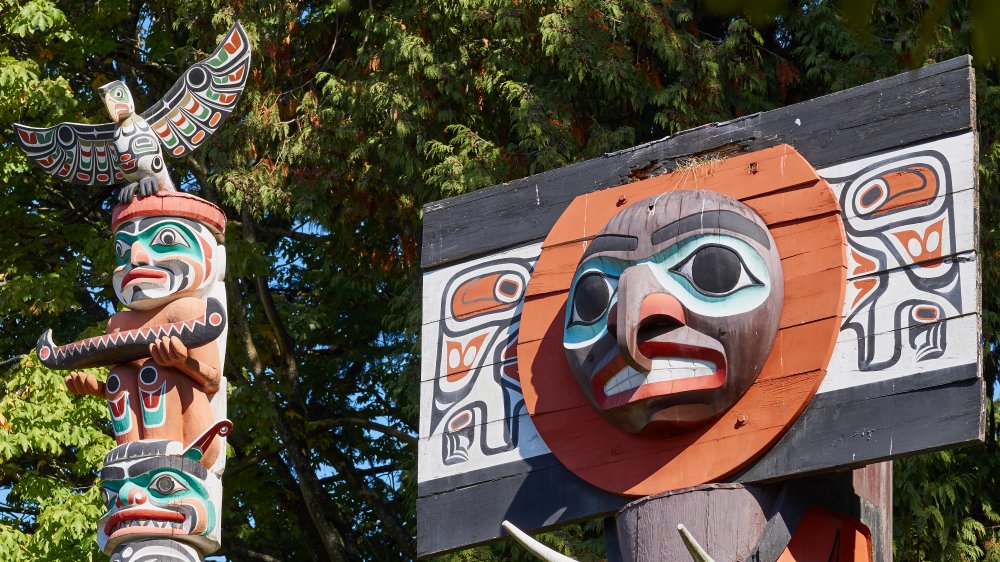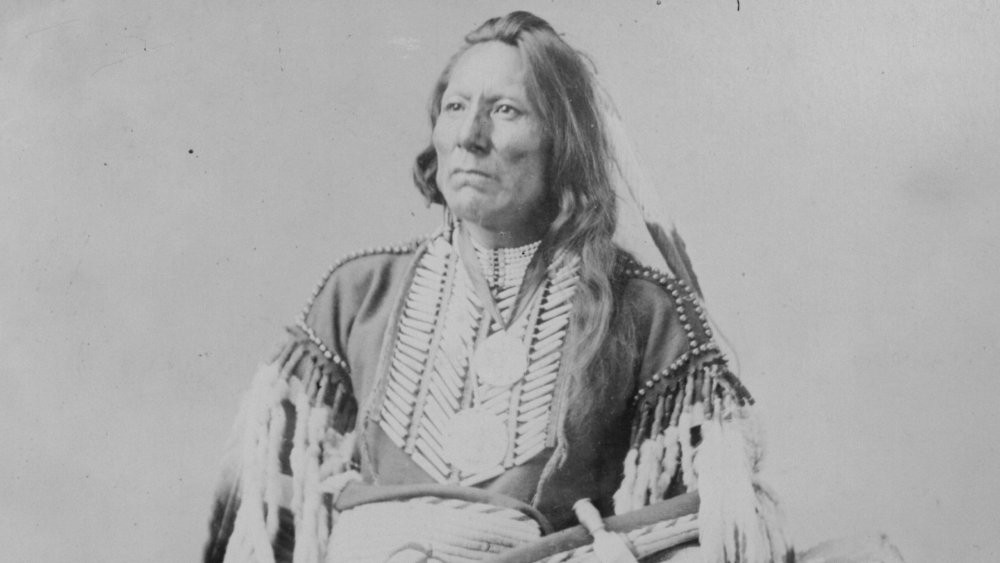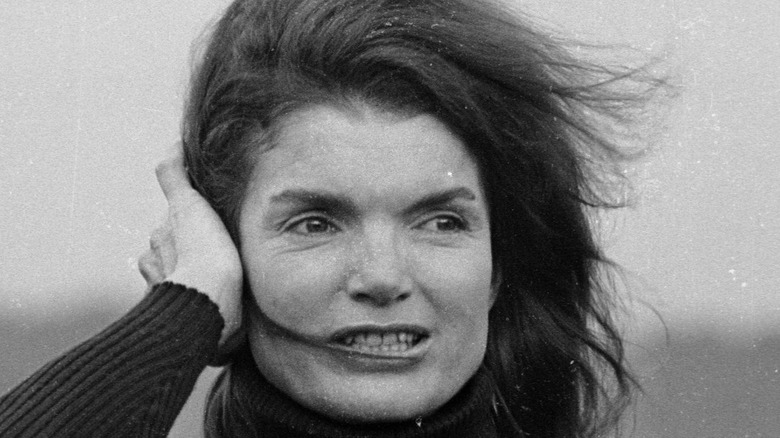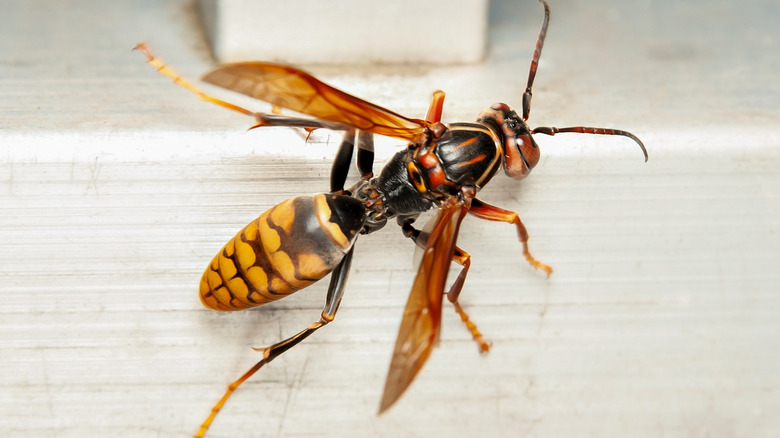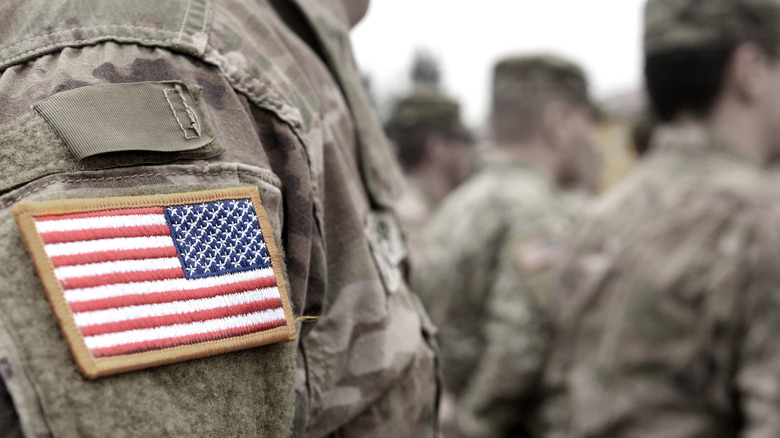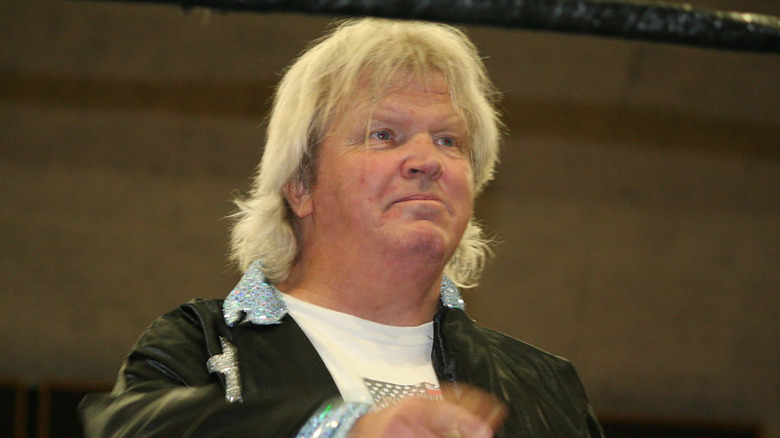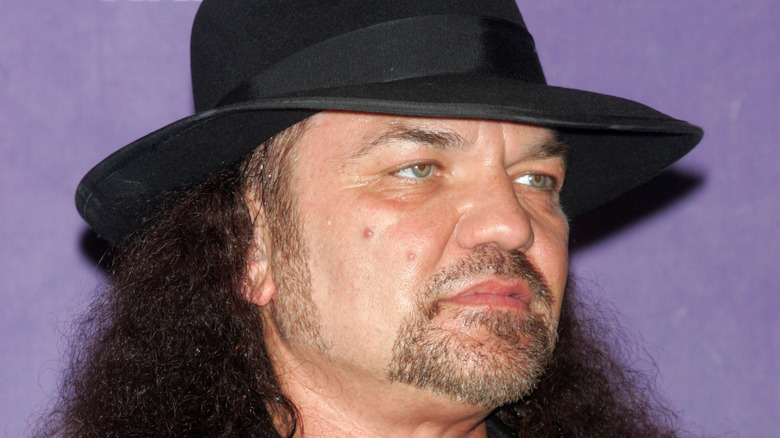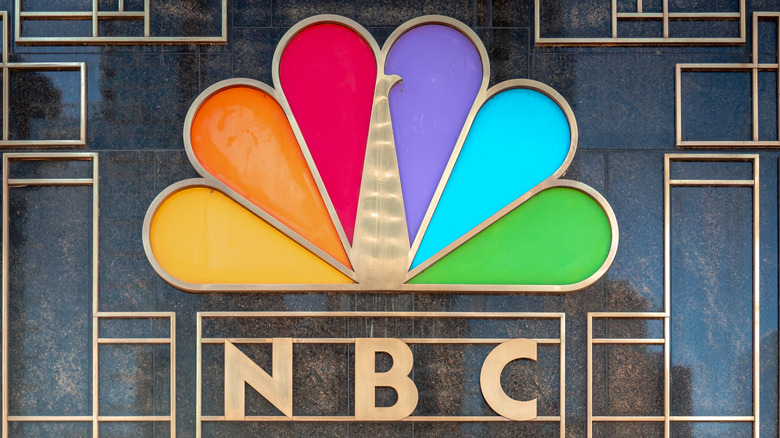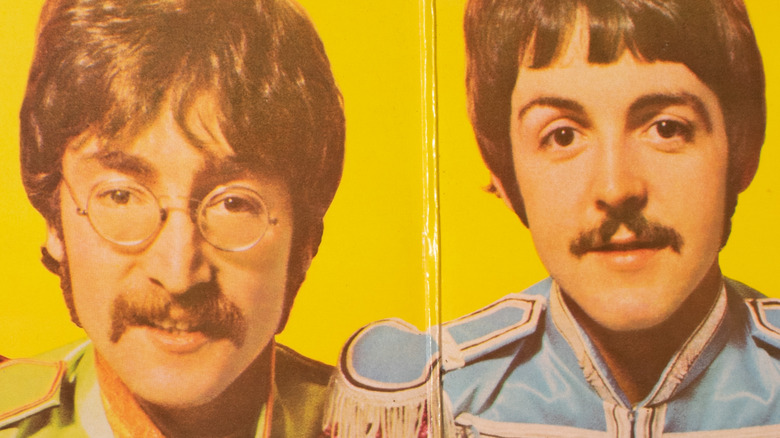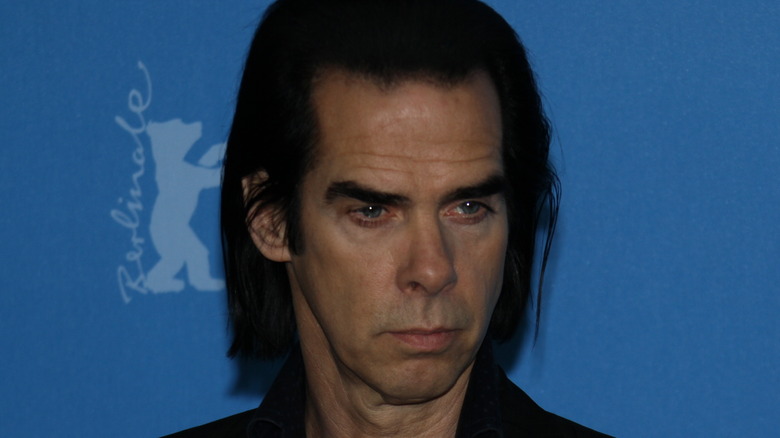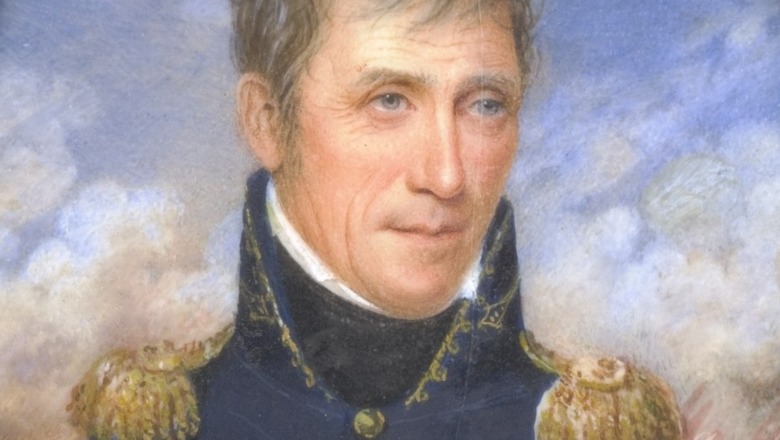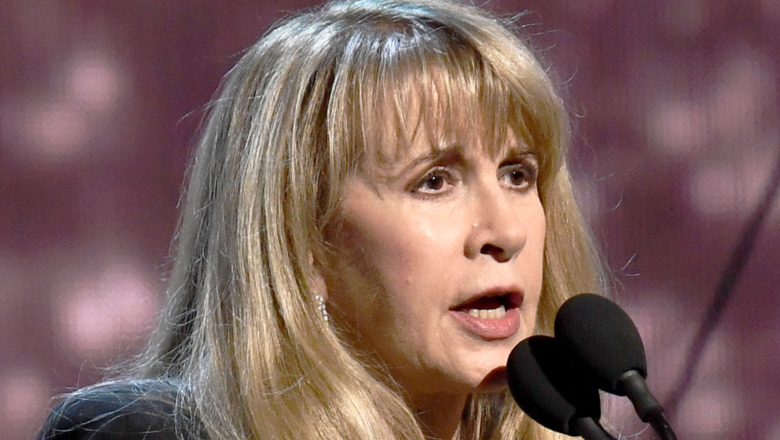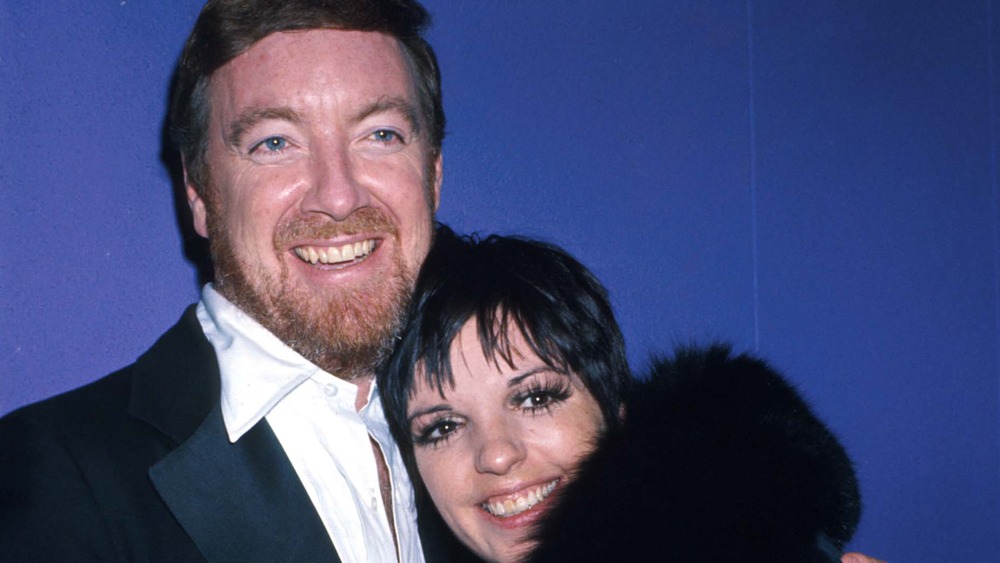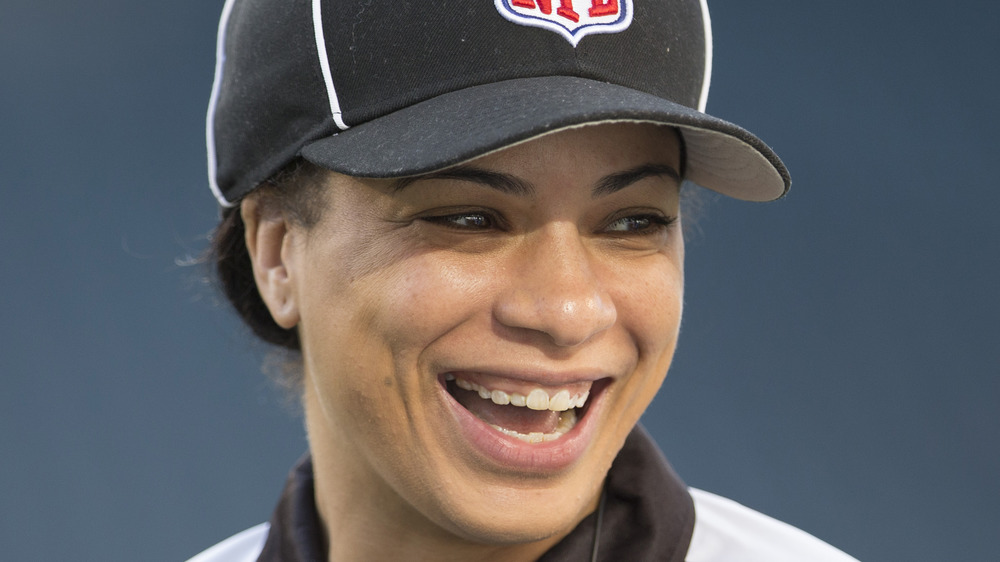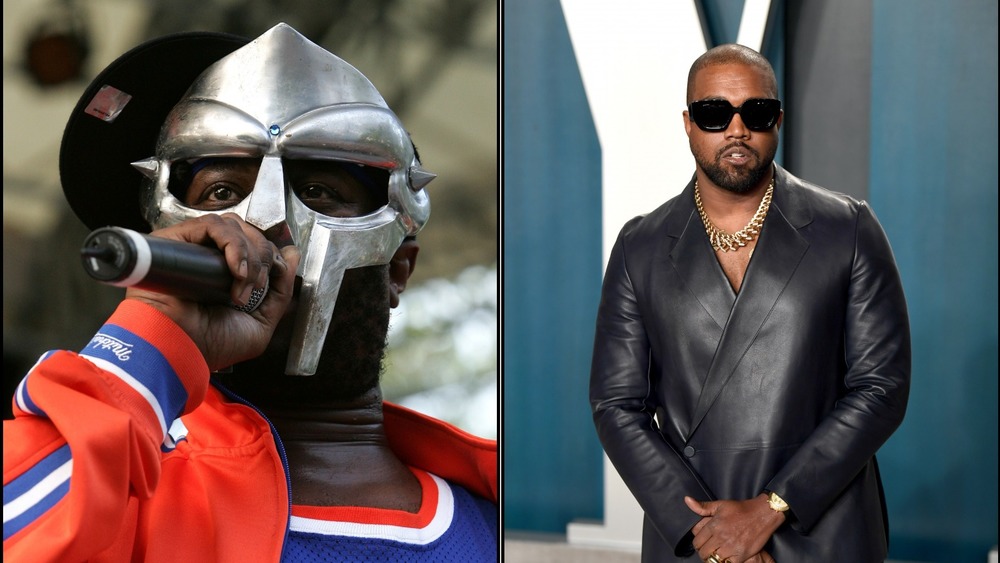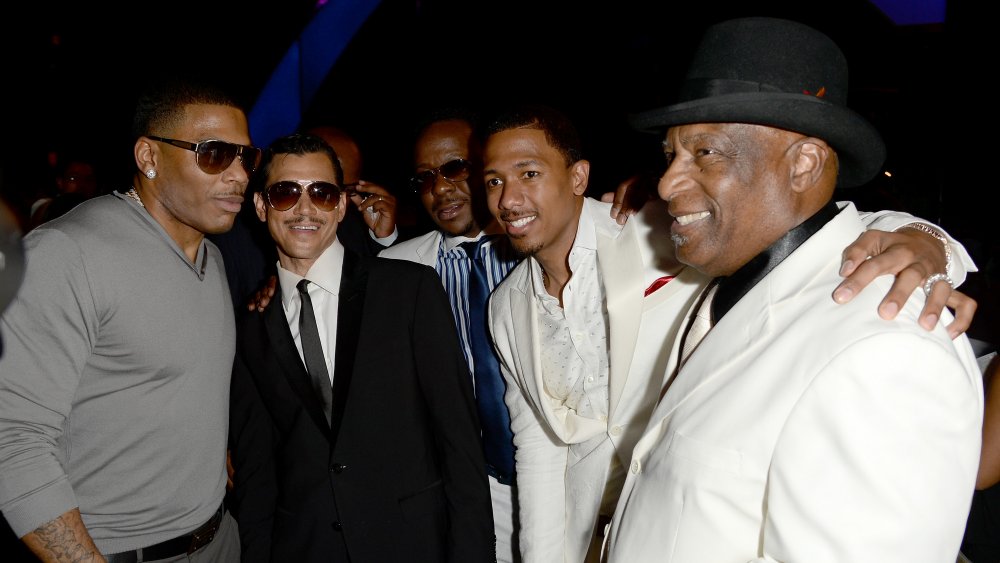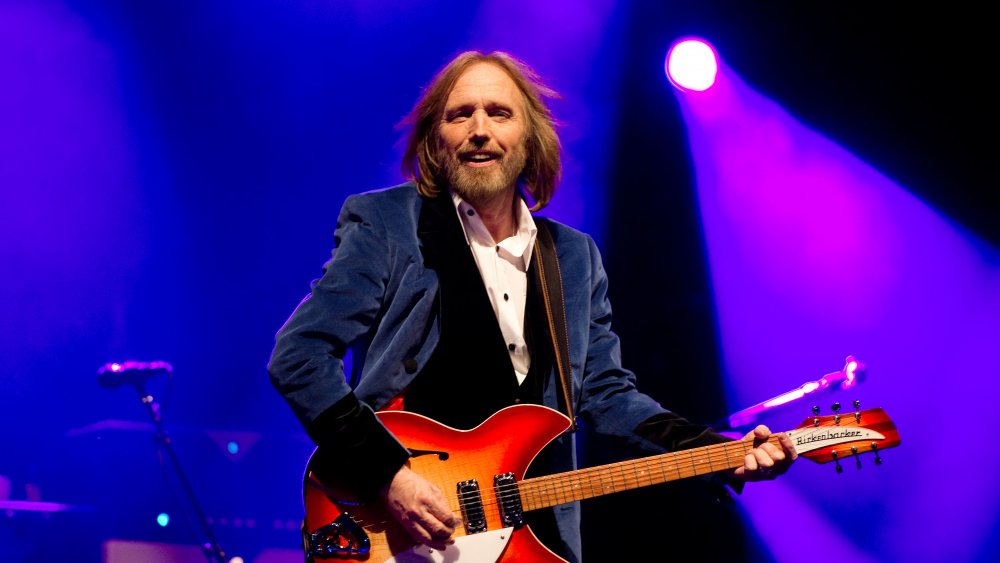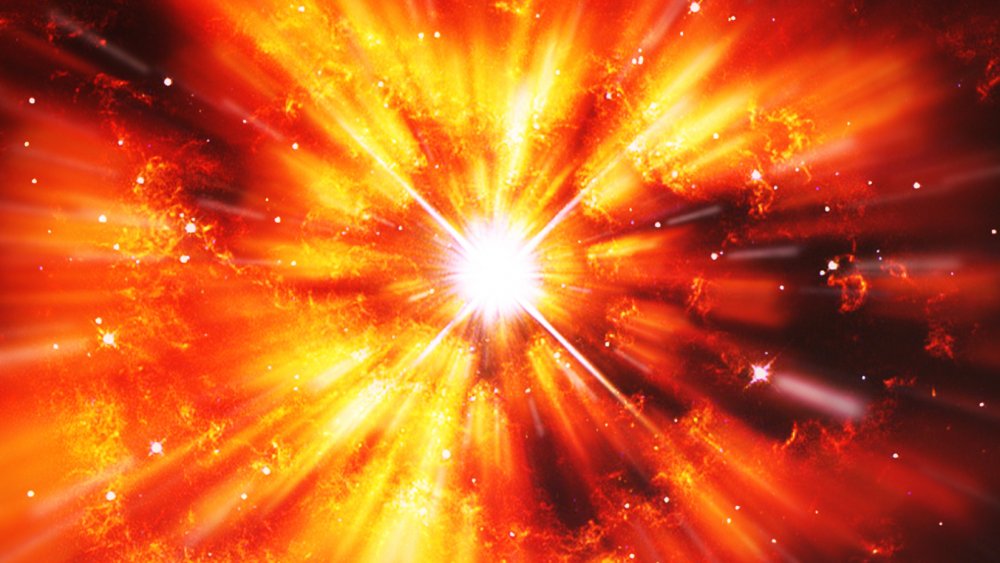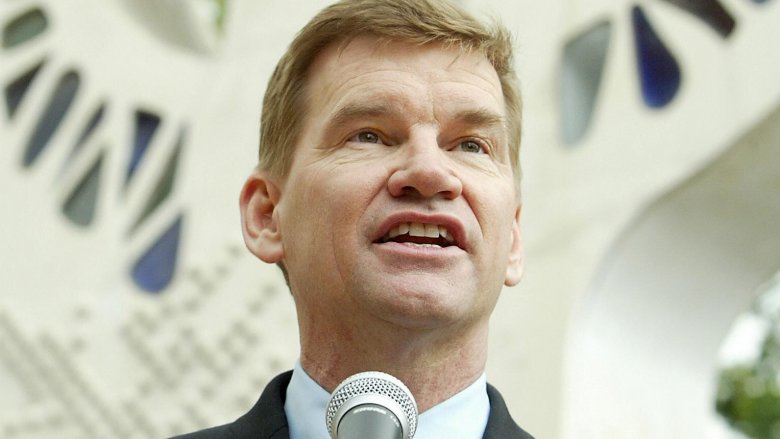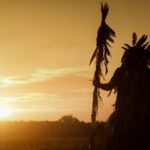
What These Native American Tribes Believed About Death
The indigenous peoples of the Americas are made up of hundreds of tribes, and there were even more before European colonizers made their way to the continents. Contrary to popular belief, the vast majority of these tribes didn’t share a single culture, language, or even belief system.
With spiritual leanings as disparate as their physical locations, Native American tribes had their own ideas for what happens after death. This includes funerary rites and burial rituals, as well as what happens to the spirit or essence of the deceased, in some cases.
Often, these ways of caring for the dead directly reflected the geography of the area where the tribes existed, making each as unique as their various lands. As such, each of these funerary practices can also tell us just as much about the ways in which these groups lived in addition to how they honored and remembered their dead.
The Mayans' Place of Fear
The ancient Mayans of modern-day Mexico have a bit of a reputation when it comes to violence. Namely, they were pretty down with it, from human sacrifice to stories about their deities killing one another. The Mayans weren’t afraid to get their hands dirty, and death and pain were things they embraced. So it’s probably no surprise that their beliefs on death seem to match this pretty closely.
The Mayans believed in an afterlife, unlike many indigenous peoples before Europeans arrived with Christian ideals of heaven and hell. Their afterlife, however, was frankly quite scary. Xibalba (she-bal-ba), the Mayan underworld, literally translates to “Place of Fright.” Obviously, it’s not a great place to wind up. This series of caves is ruled over by not one but a dozen death gods and demons, the lords of Xibalba, who spend all of their time and effort making Xibalba as awful as possible, according to Mythology.net. They existed primarily to cause suffering.
Xibalba even had a supposed physical entrance inside a cave in Belize, which you can visit today if you’re feeling particularly brave, according to Archaeology Magazine. One particular thing to keep in mind about Xibalba is that everyone goes there and stays forever, regardless of how good they were in life, unless they die a violent death, such as in battle or as a human sacrifice, or die as a small child. Only then can one avoid the lords of Xibalba.
The ancient-er mummies of the Chinchorro
The Chinchorro people of what is now Chile didn’t have a very advanced civilization. They were mostly hunter-gatherers, didn’t make large buildings or found empires, and pretty much kept to themselves. They did have one unusual thing about them, though: The Chinchorro made mummies, just like the ones Egypt is famous for, despite there being no evidence of contact between the cultures.
Egypt, of course, was much larger and had developed technology that the Chinchorro didn’t have across the ocean, yet they both figured out ways to perfectly preserve the dead, even for thousands of years. There is one other key difference, too: The Chinchorro’s mummies are from about 5,000 BCE, approximately 2,000 years older than the oldest Egyptian mummies, according to CNN. For the sake of comparison, a lot of the most famous mummies we know of today were made about 2,000 years ago.
In fact, we still have quite a few Chinchorro mummies today, 7,000 years later, and they’re still in good shape. The Chinchorro made two kinds of mummies: black and red. Black mummies were completely taken apart, treated, and put back together, skin and all. Red mummies, however, were completely emptied of internal organs via incisions. The Chinchorro mummified all their people, not just the rich and powerful.
The Inuit people had unique aboveground burials
The Inuit people of the Arctic Circle had a unique problem when it came to their dead — the ground of the tundra was basically impossible to dig up since it was frozen rock solid year-round. This meant underground burial was completely off the table. Similarly, crypts and mausoleums weren’t an option because the Inuit people were nomads and didn’t really build permanent structures until fairly recent times.
Instead, people who passed on among the Inuits were laid face-up on the hard, cold permafrost, and then a cairn was built around the body using stones, ice, and even the deceased’s belongings, according to Listening to our Past. Then, their spirit would ascend if they led a good life or head underground if not. It’s worth noting that the Inuit people believed in a good and bad place for spirits even before European Christians showed up.
Even after an Inuit person was laid to rest, however, they might still influence those left behind. Inuit people believed that dreaming of a dead person who asked for water was actually their way of asking for a newborn to be named after them. This wasn’t meant to be a reincarnation but rather more like how we do things today — naming a child after a lost loved one to honor them.
The Lakota took a year to move on
The Lakota, a confederacy of several Native American tribes in the Great Plains area of what is now the United States, also had a good place for spirits to go, called Wakan Tanka, a place free of pain and suffering. Again, indigenous peoples of North America often didn’t have any strong beliefs in any kind of an afterlife, which was way more of a thing for the European colonizers who began showing up in the 16th century and onward. Their arrival began to influence some Native American belief systems, often forcibly so, sadly.
When a member of a Lakota tribe passed, their friends and family had a series of rites to prepare the deceased’s spirit for their journey to Wakan Tanka, according to Psychology Today. They would cut a lock of hair from the deceased, purify it over burning sweetgrass, and then wrap it in sacred deerskin. But the spirit of the dead did not get to travel to Wakan Tanka right away.
Instead, a relative or someone else close to the person who had passed kept that deerskin wrap, called a soul bundle, and held onto it for about a year. This person was called the Keeper of the Soul, and they were required not only to keep the soul bundle but to also lead a good life for the following year. After that, the soul bundle could be taken outside and the soul released.
Choctaw funeral overseers were called bonepickers
The Choctaw people, mainly found in the southeastern part of what is now known as the United States, had perhaps one of the most unique funerary practices among all of the indigenous peoples of North America. Much like the Inuit, the Choctaw didn’t bury their dead but interred them aboveground during the mourning process. Specifically, they built platforms, placed the deceased atop the platform, and then waited.
The tribespeople who oversaw this process were called bonepickers. They typically had very distinctive tattoos and very long fingernails, but they were highly respected members of the tribe, according to Rourke’s Native American Encyclopedia. To be a bonepicker was considered an honor, probably precisely because of what came next. After the body had some time to decay on its platform, the bonepickers would come and, using their very long fingernails, slowly remove the flesh from the deceased’s bones. It’s easy to see why the Choctaw had specialized people for this job, as it sounds like it would be very challenging work.
Once all of the putrefied flesh was cleaned from the bones, the bonepicker would then gather up the bones and return them to the family. Then, the platform and the deceased’s non-bone remains were set on fire and burned. That is a very intense way to go out of the world.
The Hopewell people built elaborate burial mounds
The Hopewell people weren’t actually a single tribe of Native Americans. Remnants of this culture can be found all over the East Coast. The Hopewell people, or Hopewell culture, were several unknown tribes who shared very similar forms of art and architecture, according to the US National Park Service. They seem to have had no written language, however, so there’s a lot we don’t know about them. The Hopewell tradition gets its name from some of the first burial mounds archaeologists found, which were located on land then owned by a family named Hopewell.
While the Hopewell mostly practiced cremation for their deceased, they’re most well-known for crafting elaborate burial mounds which almost look like tiny hills. These mounds, presumably reserved only for the most important people, were created by constructing tombs made out of wooden logs, which had the deceased placed inside along with a collection of items. The items included varied a bit depending on the geographical location, but they might have been things like personal possessions or small tokens of remembrance. Then, a large mound of earth was piled over the logs and then rounded out, creating the burial mounds.
Because the Hopewell culture existed so long ago and left no historical texts, we’re not entirely sure today what the criteria were for receiving a burial mound. Other than the mounds themselves, we only have educated guesses at the very best.
The Algonquin buried their dead twice
The Algonquin peoples could be found spread all across what are now the northeastern United States and much of eastern Canada. Made up of numerous smaller tribes, the Algonquin shared both language and culture. This included burial customs, and the Algonquin definitely had some unique ones. First, what happened to the deceased depended on their status in the tribe. A person of lesser status would typically be placed directly into an ossuary — a communal resting place for bones.
The Algonquin’s more important people, like chiefs, were treated a bit differently, though. These people were mourned over the course of several days before being skinned and cleaned. Finally, the bones were returned, and the skin was stuffed to make it look like a corpse, according to Powered by Osteons. These were placed on scaffolding in a charnel house, which is also a communal resting place, but not just for bones like an ossuary.
But the story doesn’t end there. Even those important people were only left in the charnel house for so long. After a time, or when the charnel house was full, the mock bodies were taken out and the skins removed (if any still remained). Then the bones were placed in the same ossuaries where everyone else went. You only got special treatment after death for a time, but in the end, you wound back up alongside your friends and family.
The Huron had mass burials
Similarly to the Algonquin peoples, the Huron people, also known as the Wyandot, buried their dead in communal graves. They also tended to bury them once and then rebury them later, a process called secondary burial. This is where the similarities between the two peoples’ burial practices begin to diverge, however.
When a person of the Huron tribe died, they were buried in an individual grave. There they would stay for up to 15 years before they were disinterred by family, their remains cleaned and prepared, and brought to a communal burial site, where all of the Huron people would rest together. This was a process known as the Feast of the Dead — a large-scale celebration and remembrance of the deceased, according to The Huron-Wendat Feast of the Dead. The living members of the Huron gathered together, shared food and stories, and mourned those going to their final resting place.
What makes this different from the Algonquin peoples’ secondary burials were the large numbers of bodies interred at once. Since Feasts of the Dead were infrequent, there were often a great many families with a great many sets of bones to be buried for a second time. These weren’t just secondary burials but mass secondary burials. What’s more, if an individual village decided to move elsewhere, all of the bones had to be dug up again and moved yet again to somewhere nearby where the village ended up resettling.
The Ojibwe had a heartbreaking mortuary custom for children
It wasn’t that long ago that a not-insignificant percentage of children born wouldn’t make it to see adulthood. It’s only in the last century or so that we’ve seen great improvements in the health and survivability of children. As such, child funerals were all too common for humans all over the globe for thousands of years. The Ojibwe people of what is now southeastern Canada even had a special funeral rite just for their children who passed away, according to Legends of Minnesota’s North Shore.
The mother of the deceased child would cut a lock of the child’s hair and then wrap it and some personal belongings up into a sort of doll. For one year, the mother would keep this doll-bundle, much like the soul bundles of the Lakota people. The doll was to be treated as if it were the child. The mother would call it the child’s name and take it everywhere with them. While it sounds like behavior that might be concerning to people today, this was all part of the mourning process for the Ojibwe.
Finally, after one year, the mother would take the doll outside somewhere, unwrap it, and burn the hair. This signified the mother letting go of her grief, which sounds both very beautiful and also absolutely heartbreaking. Losing a child is awful, but the Ojibwe’s approach to grieving the young honestly sounds very cathartic for their mothers.
The Seminole people let nature take its course
What is known as Florida today was and still is the home of the Seminole people (though lots are found in Oklahoma as well). More than just the controversial name of Florida State University’s sports teams, the Seminole could be found all over the Florida peninsula, most especially in the state’s famous Everglades, found in the southernmost parts of Florida.
In fact, the Everglades figured heavily into the Seminole people’s funerary customs. When a member of the Seminole tribe passed away, their remains were placed in a chickee, the traditional open-sided building of the Seminole. There, the body would remain to decay naturally while everyone else moved camp to a new location so the deceased could move on in peace, according to FuneralWise.
While that’s no longer possible under modern funeral laws, the other part of the Seminole death ritual is. The living Seminole would gather the deceased’s physical belongings and throw them into the swamps, something the tribe still practices today. This is because the Seminole people believe that keeping the possessions of the deceased keeps them from completing their spiritual journey and moving on. By holding onto these possessions, they are holding on to the deceased’s spirit, and thus trapping them in this world. Therefore, tossing those ties to the spirit into the swamp frees the deceased and allows them to rest.
The Haida people had special funerary totem poles
While the outdated pop culture that many of us grew up with may have told us, incorrectly, that all Native American tribes used totem poles, the truth is that these beautiful carvings were mostly made by peoples in what is today the Pacific Northwest. Totem poles were typically ornamental, meant to be art pieces and not practical objects, but the Haida people, found on what’s now known as the western coast of Canada, made one of the exceptions.
The Haida made a special form of the totem pole called a mortuary pole, according to Simon Fraser University. These were designed to look similar to other totem poles, but they had something unique at the top: a hidden space that could hold the remains of a person. These mortuary poles were reserved for more important people and could be distinguished by their large, rectangular crests at the top that hid the box holding the remains.
While the rectangle at the top of the pole might mislead you into thinking the boxes were also rectangular, this was not the case. Unlike a modern rectangular coffin, these boxes were square, and the deceased was very carefully packed inside. Not right away, however. Only once the person was deceased for an entire year could they be placed in the box and set on top of a mortuary pole.
The Ponca tribe believed that the dead resent the living
The Ponca people are found in the midwestern part of the modern United States. Specifically, they call Nebraska and Oklahoma their home, and they still reside there today. Their funerary rites are pretty similar to lots of other cultures: Everyone gets together, grieves, has a big meal, and becomes closer as friends and family. All in all, this is pretty standard funeral stuff for people from all over the globe.
Where the Ponca differ is what happens after the funeral. The Ponca believe that the deceased are resentful and angry at the living, and if left with any physical ties to our world, their ghosts might return and cause trouble among the living, according to Native American funeral director Toby Blackstar. As such, they burn all of the deceased’s belongings, and even their hair in some cases. In the past, they also burned the deceased’s house, and while the Ponca do still practice these large burnings, that house part may or may not happen based on how practical it is and/or any local laws.
The body itself is not burned, however. The Ponca believe the body should return to nature, so it is given a natural burial (i.e., without embalming). Cremation is considered taboo. The Ponca also take great care to make sure that nothing belonging to the deceased is stolen, as this could inadvertently draw the angry spirit back to harass the living, too.
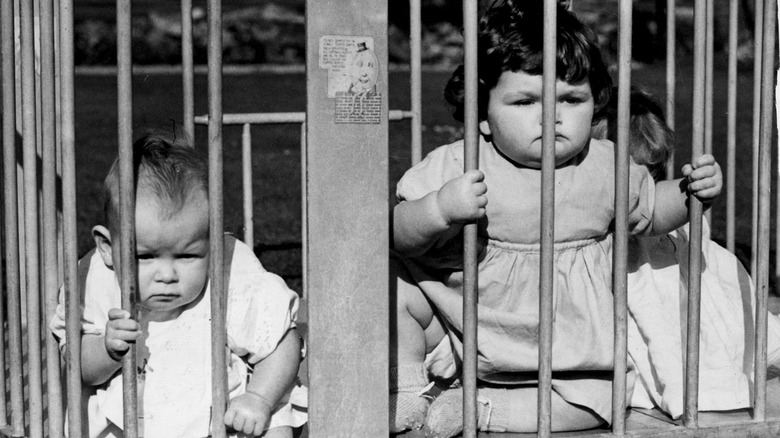
Why Parents In London Would Set Their Infants In Window Cages
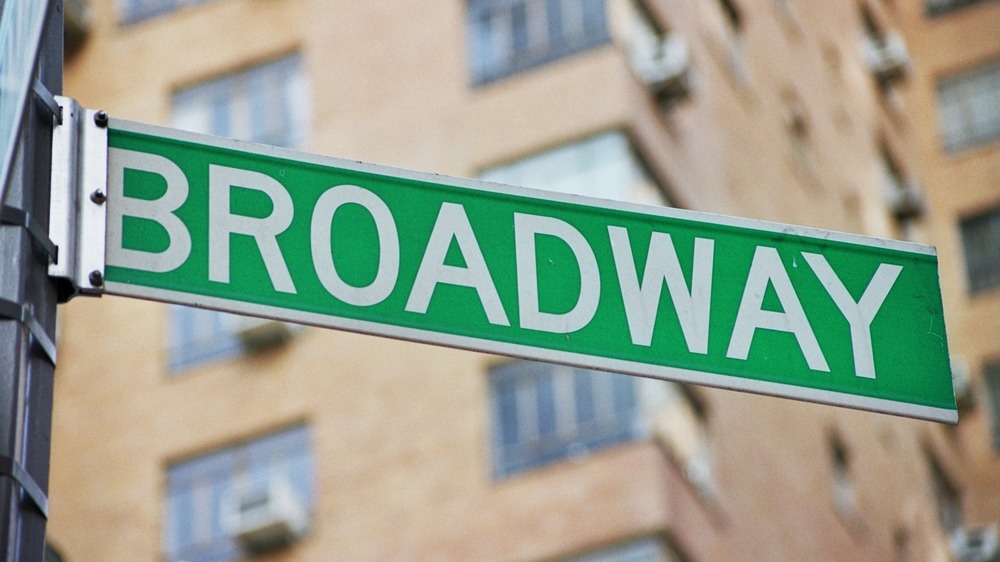
The Creepiest Stories Of Broadway Ghosts
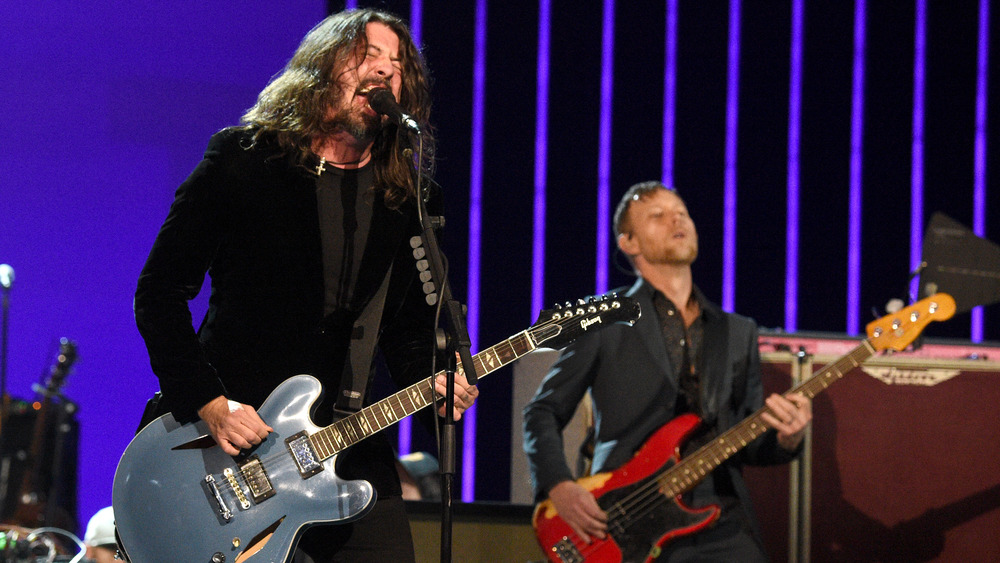
Here's How A Haunting Almost Ruined The Foo Fighters' 10th Album
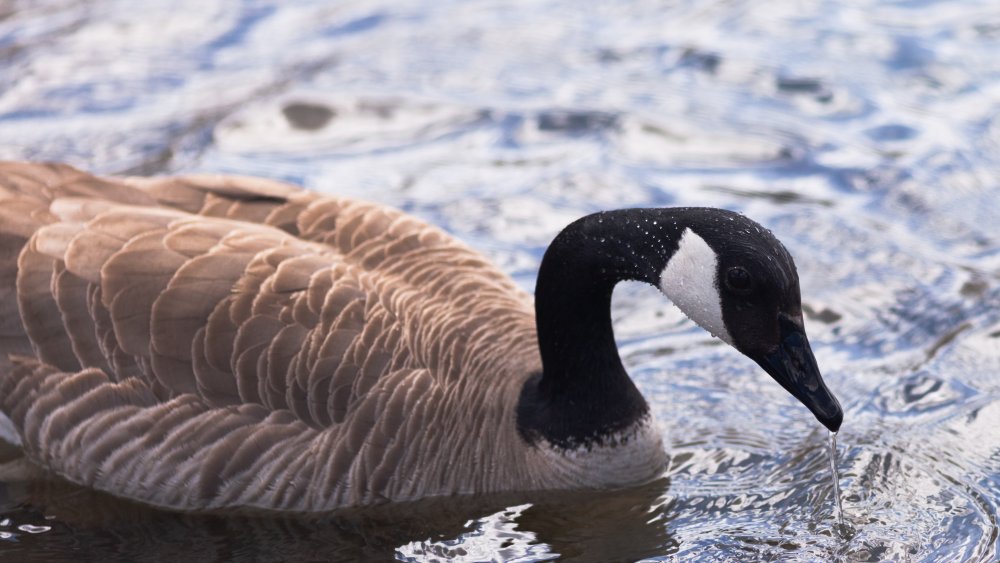
The Disturbing Sport You've Never Heard Of
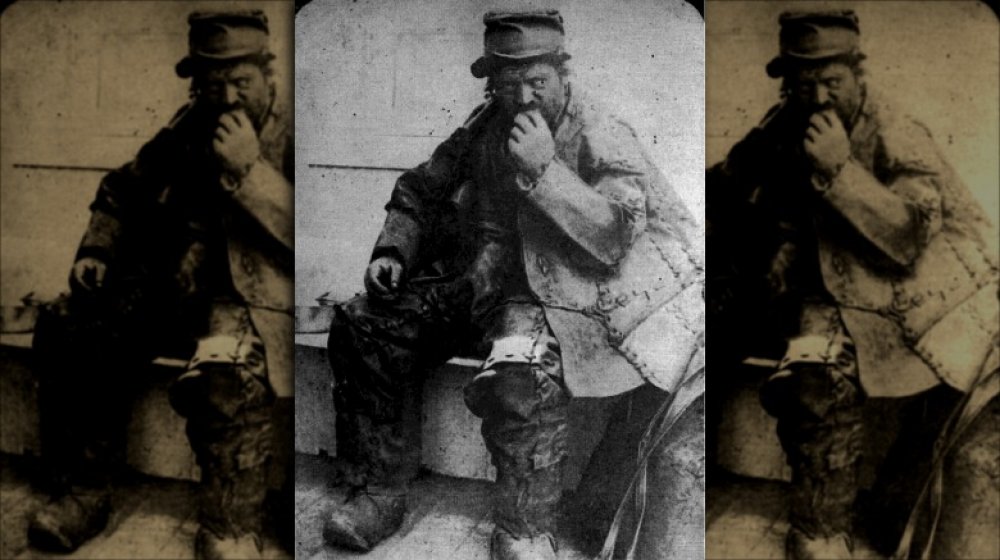
The Story Behind The Leatherman Of Connecticut
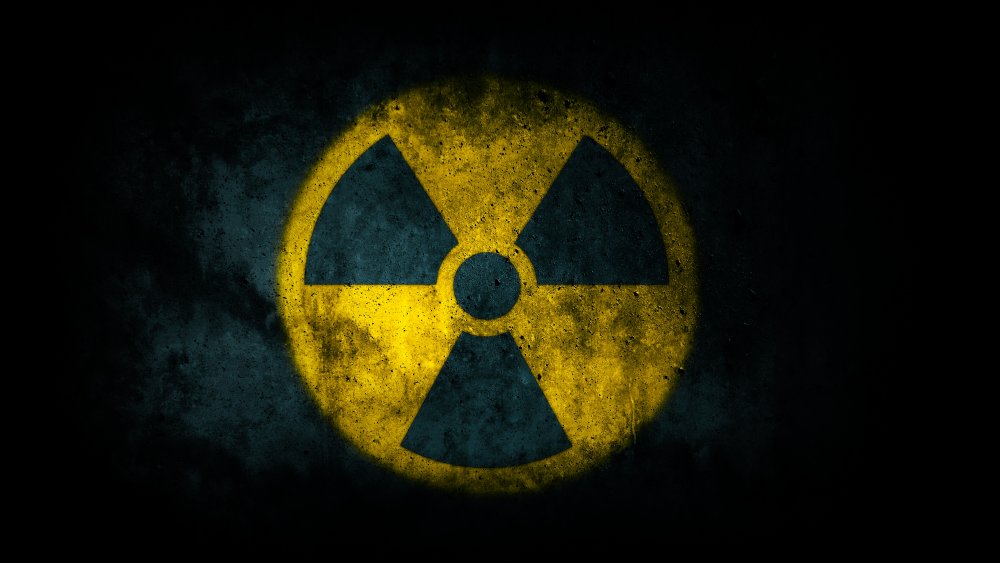
The Truth About Chernobyl's Radiation-Eating Fungus
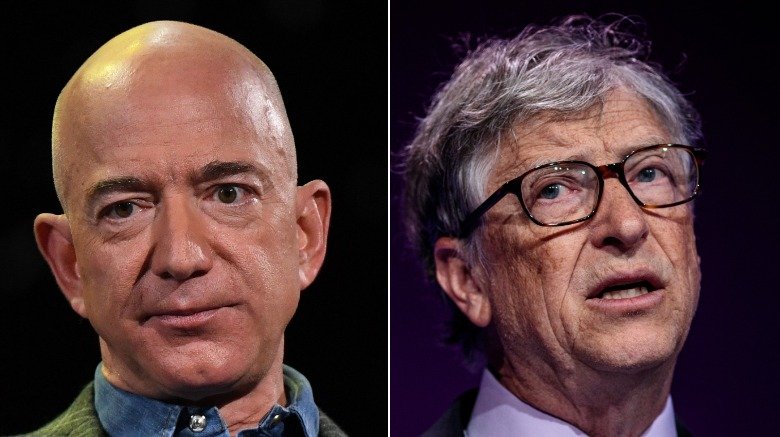
The Reason Jeff Bezos And Bill Gates' Suburb Is Going Broke
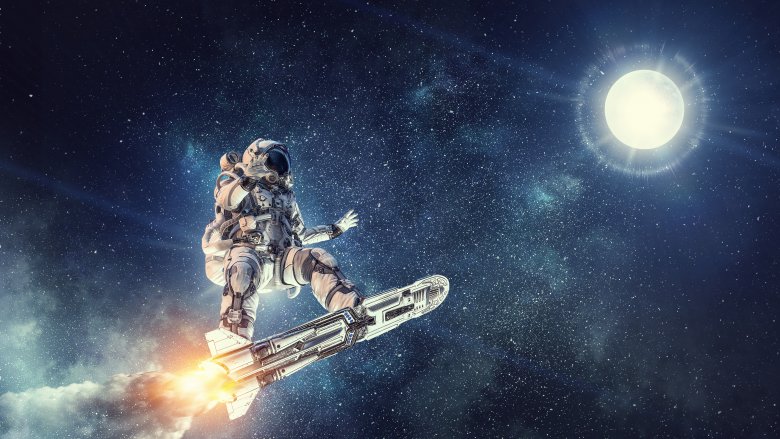
A NASA Astronaut's Salary Is Less Than You Might Think
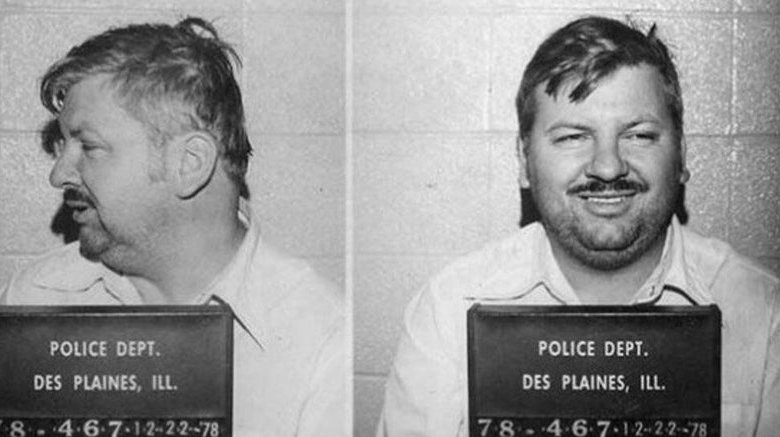
The Most Haunting Last Words Of Criminals

How To Survive A Pandemic
